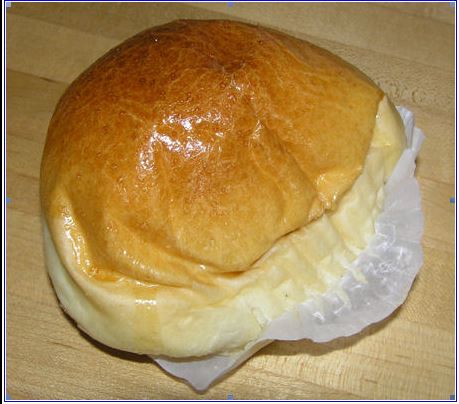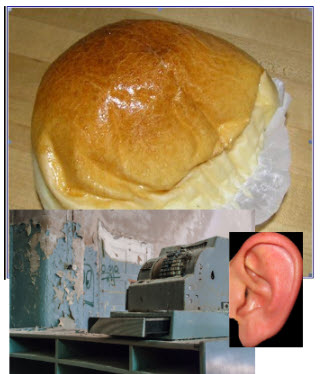| Get an ordered list of peg words. Normally, your first
word should be associated with "1", your second word with "2" etc. (examples
of number-based peg lists) If, however, you hate numbers, you could
choose a list of peg words in which the first word is associated with
"A", the second with "B", etc. (examples of
some
alphabetical lists of pegwords). Then, visualize your peg words and memorize
them in either numerical or alphabetical order.
. |
Link new material to peg words using imagery.
Picture the first new item interacting with first peg word, the
second new item with second peg word, etc. You may need to use some
creativity to (1) make an image representing each new item and (2)
getting each new image to interact with its corresponding peg word
(ideally, in a vivid and bizarre way). |
Go through the pegs (your cues) in order. Start by picturing the peg word
associated with "1." Your first item should pop into your head. Keep
going until you have gone through all your peg words. |



